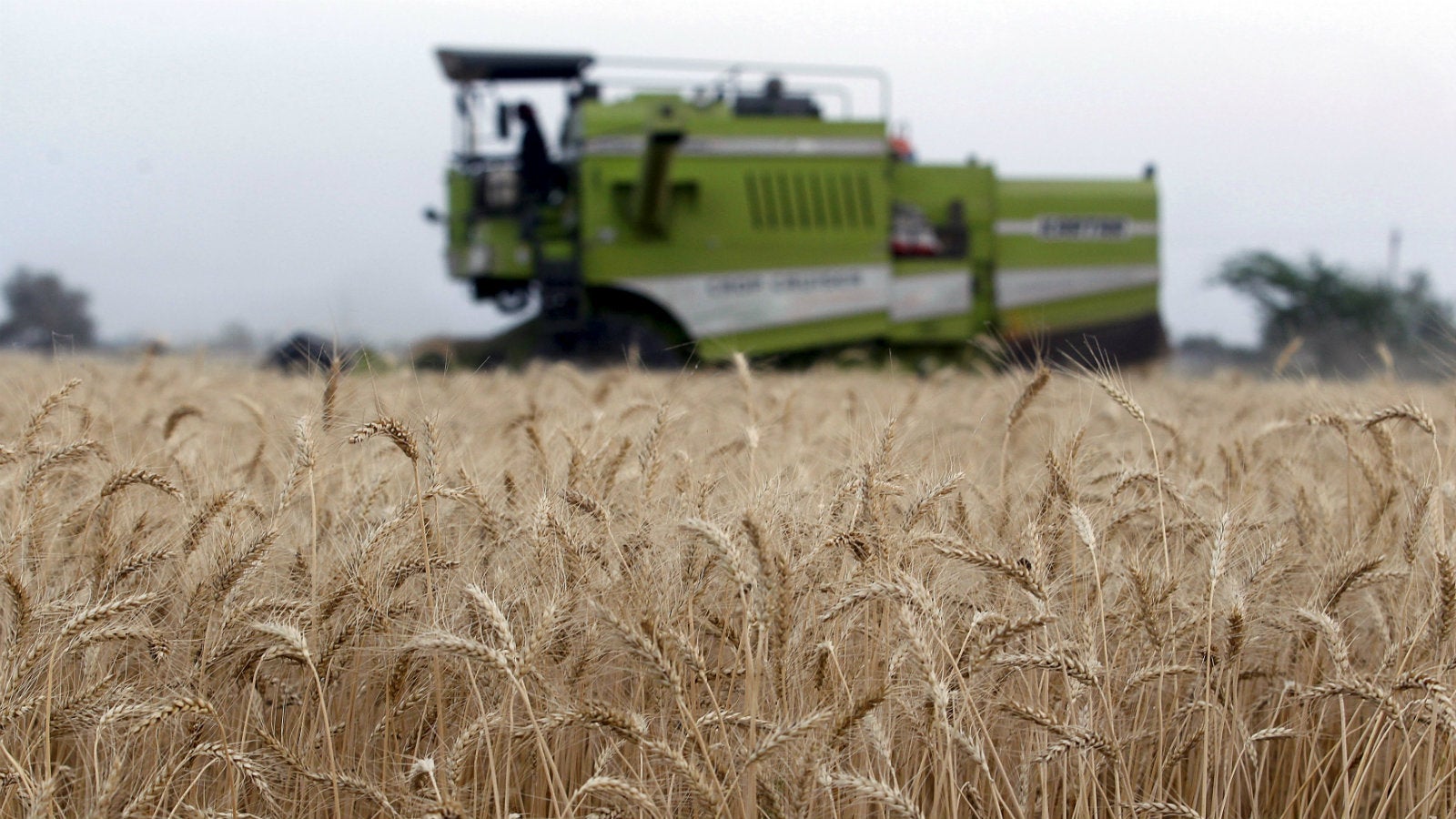Chinese researchers discovered an agricultural miracle that could feed the planet without destroying it
The study was mammoth. It cost $54 million, and involved some 1,000 researchers and 65,000 local bureaucrats. But academics around the globe are calling the results an agricultural miracle.


The study was mammoth. It cost $54 million, and involved some 1,000 researchers and 65,000 local bureaucrats. But academics around the globe are calling the results an agricultural miracle.
The project already saved Chinese farmers more than $12.2 billion over 10 years, and in the process may have unveiled a key to answering one of China’s biggest questions: With the global demand for food expected to double between 2005 and 2050, how will the world’s most populous nation figure out how to feed its people without inflicting serious damage to the environment?
From 2005 to 2015, researchers working under guidance from the China Agricultural University in Beijing conducted more than 13,000 on-the-ground field studies throughout China, taking note local farming practices. Following those studies, researchers developed geographically-specific advice for farmers growing rice, corn, and wheat. That advice emphasized the idea that a one-size-fits-all farming method isn’t as efficient as methods tailored for specific crops, regions, and weather conditions.
For instance, researchers advised rice growers in northeast China that they could reduce nitrogen-rich fertilizer use by an average of 20% if, rather than spreading it evenly on crops throughout year, they instead focused fertilizing efforts mostly in the late-spring growing season. They also suggested planting their seeds closer together.
“The [farmers] were skeptical, but we gained their trust, and then they depended on us—that was our greatest reward,” project leader Cui Zhenling wrote in the study.
Following researcher advice worked. The study, published this month the journal Nature, reports crop production for rice, corn, and wheat increased by an average of 11%, with a 15% drop in fertilizer use. In all, that stopped about 1.2 million tons of nitrogen from being introduced to the environment.
These are blockbuster findings because they offer hope that we can effectively feed a growing human population while also lowering our impact on climate. Compared to the rest of the world, Chinese farmers use about four times more nitrogen (305 kg per hectare, or nearly 175,000 lbs per square mile). When the land is overloaded with fertilizer, soil microbes then expel high levels of nitrous oxide, a greenhouse gas.
Nitrogen emissions are a problem everywhere, and play an outsized role in global climate change; the gas is more effective at trapping heat in the atmosphere than carbon dioxide. Given that any farmer would be thrilled to see yield increases, these results should impact farming practices well beyond the border of China.